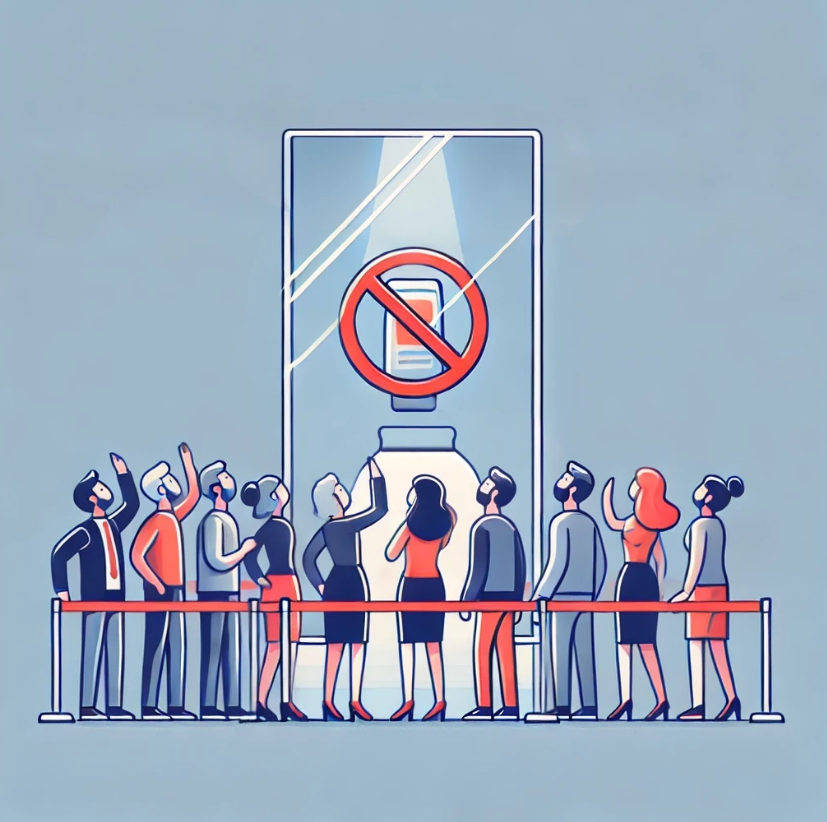Reverse psychology involves advocating for the opposite of the desired behavior. In this case, the target audience is typically expected to do the opposite of what is told to them. This strategy is based on the reactance theory, introduced by Jack Brehm in the 1960s. Reactance refers to the tendency of individuals to resist when they feel their freedoms are being restricted.
History and Origins of Reverse Psychology
Reverse psychology is a concept that has evolved over time, representing a strategy of advocating for the opposite of the desired behavior to achieve it. Although this term emerged in the 20th century, its roots lie in early psychological theories about human behavior. Sigmund Freud’s psychoanalytic theories laid the foundation for understanding how people could be influenced indirectly by reversing expected outcomes. Psychologist Jack Brehm, who developed these ideas, introduced the concept of reactance in 1966, explaining that when individuals feel their independence is threatened, they tend to reject what is imposed on them and do the opposite. This psychological phenomenon provided a framework for the development of reverse psychology.
Today, reverse psychology is widely used in marketing and advertising. However, this technique is also utilized in various other fields such as education, parenting, negotiation, and leadership. Reverse psychology takes advantage of the natural resistance that arises when individuals feel their freedom is threatened.

(Representative image generated by AI.)
Reverse Psychology in Marketing
In advertising, reverse psychology is used to attract attention by presenting a negative message about a product or brand. For example, an advertisement might say, “We definitely don’t recommend buying this jacket,” which could cause consumers to delve deeper into the product to understand why it is being dissuaded.
Reverse psychology is effective in marketing because it is attention-grabbing and unconventional. This method disrupts consumer expectations, stimulates curiosity, and encourages engagement, contrasting traditional advertising techniques.
Goals of Reverse Psychology in Marketing
- Creating Curiosity and Interest: Reverse psychology arouses people’s curiosity. When a message goes against expectations, consumers often feel compelled to learn more.
- Differentiation: In competitive markets, reverse psychology helps brands differentiate themselves from traditional ads.
- Eliciting Emotional Reactions: Reverse psychology often triggers emotions like reactance or curiosity, leading consumers to engage in behaviors such as purchasing or seeking more information.
- Increasing Brand Awareness: Negative messages can promote a brand by stimulating curiosity, thus more effectively raising brand awareness compared to conventional ads.
Although reverse psychology is most commonly associated with marketing, it is also effective in fields such as education, parenting, leadership, and negotiation.

(Representative image generated by AI.)
Reverse Psychology in Education
In the educational field, reverse psychology can be used by teachers to motivate students or encourage participation. Teachers may use reverse psychology to get students to complete tasks they would typically avoid. For example, a teacher might say, “I don’t think you can solve this problem,” which could motivate the student to prove them wrong.
Applications:
- Motivating Students: Teachers can use reverse psychology to help students overcome resistance to difficult tasks or subjects. Telling a student they can’t complete a task might trigger their desire to prove themselves, leading to better performance.
- Encouraging Critical Thinking: Teachers may use reverse psychology by questioning students’ assumptions or telling them they do not understand something, prompting deeper exploration.
Reverse Psychology in Parenting
Parents can use reverse psychology by taking advantage of their children’s tendency to assert independence. This approach can be especially effective with young children who are likely to respond unpredictably. For example, a parent might say, “I don’t think you’ll finish these vegetables,” to encourage the child to eat them.
However, it is important to use reverse psychology carefully. Experts note that when overused or applied manipulatively, these techniques can lead to confusion and negatively affect children’s self-esteem. Therefore, parents should use this strategy only when necessary and in appropriate contexts.
Example:
- A parent might say, “You probably won’t want to play outside today; it’s too fun,” to motivate their child to go outside.
As in the example above, reverse psychology should not become a manipulative habit, as it could harm the parent-child relationship.
Reverse Psychology in Leadership and Management
In leadership and management, reverse psychology can sometimes be used to motivate employees, enhance their creativity, or encourage independent problem-solving. Leaders may challenge employees' views of their abilities, prompting them to take ownership of decisions.
Applications:
- Encouraging Initiative: Leaders may say that certain tasks are too difficult or beyond their employees’ capabilities, prompting them to prove their abilities.
- Promoting Independence: Reverse psychology can encourage employees to find their own solutions. Telling employees they do not know the answer to a problem can encourage them to search for their own solutions.
Reverse Psychology in Negotiation
In negotiations, reverse psychology can be used to provoke an undesirable action from the other party. For instance, a negotiator might express reluctance to accept a deal, thereby encouraging the other party to offer better terms to secure agreement.
Applications:
- Improving Negotiations: A negotiator might say, “This deal doesn’t work for us,” pushing the other party to offer better terms.
- Creating Leverage: By stating disinterest in a deal, a negotiator can pressure the other party into offering more advantageous conditions.
Conditions for Successful Application of Reverse Psychology
Reverse psychology is most effective when certain conditions are met:
- Understanding the Target Audience: Marketers and practitioners must have a deep understanding of their target audience’s psychology and motivations.
- Maintaining Positive Relationships: Negative messages should not dominate a brand’s identity. Positive brand relationships should also be integrated into the campaign.
- Follow-up Strategy: After the initial reverse psychology message, a strong follow-up strategy is needed to provide the target audience with the necessary information to make an informed decision.
Reverse psychology is a powerful tool not only in marketing but also in education, parenting, leadership, and negotiation. Its ability to generate curiosity, challenge assumptions, and encourage participation makes it a valuable technique across various domains. However, it should be used with caution, ensuring that the autonomy of the target audience is respected and the desired behavior is achieved with the appropriate psychological triggers.


